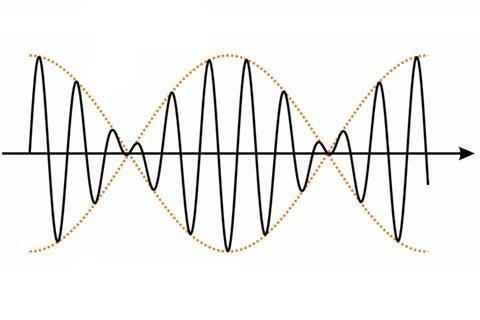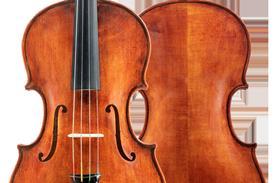Tips and tricks for playing in tune – or giving the impression of playing in tune

Explore more Technique articles like this in The Strad Playing Hub
Intonation is a lifelong challenge for string players – which is not surprising, since perfect intonation is mathematically impossible. You can go from one note to another via a different series of perfect intervals and end up with slightly different frequencies. That said, here are 8 ways to improve the impression of pure intonation:
1. Get comfortable
It is important for you to get physically comfortable with your instrument. You may have perfectly good ears, but play out of tune because of a bad physical relationship with your instrument. Tension resulting from poor practice can result in inaccurate shifts, and even in an inability to hear yourself objectively when playing.
2. Record yourself
This can be painful, but also enlightening. It helps to record yourself with decent equipment so that you don’t sound bad merely because of the quality of the recording itself. For violin tone, stereo makes a big difference.
3. Practise slowly
It takes time to hear pitch precisely, so practising fast too early while learning a piece will train fingers to fall imprecisely, and will dull objective listening.
4. Delay vibrato
Never use vibrato until you have a clear idea of pitch. While learning a piece try playing it entirely without vibrato, and then with a very small, centred vibrato, until the pitch relationships jell.
5. Practise scales and arpeggios accompanied by a drone
There is a simple note-generating programme on the internet that you can use for this purpose.
6. Play solo Bach
In addition to all their other virtues, Bach’s sonatas and partitas for violin and his cello suites are excellent intonation studies. Every issue of melodic versus harmonic intonation relative to the open strings arises, forcing the player to decide consciously on a philosophy of intonation.
7. Play duets
Intonation is the relationship among notes, and what better way to work on this relationship than in duets?
8. Play chamber music
Many quartets practice intonation separately from repertoire. Austin Hartman, for instance, first violinist of the Biava Quartet, said that they practised Bach chorales very slowly and without vibrato for intonation.
This article was first published as part of a larger feature in The Strad's December 2007 issue



































No comments yet